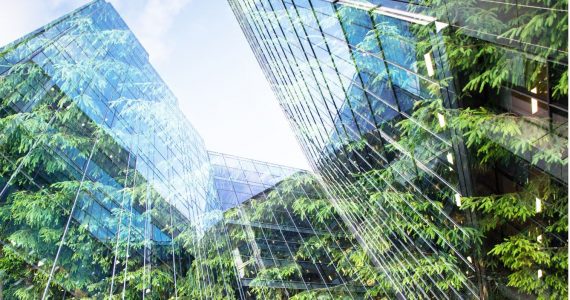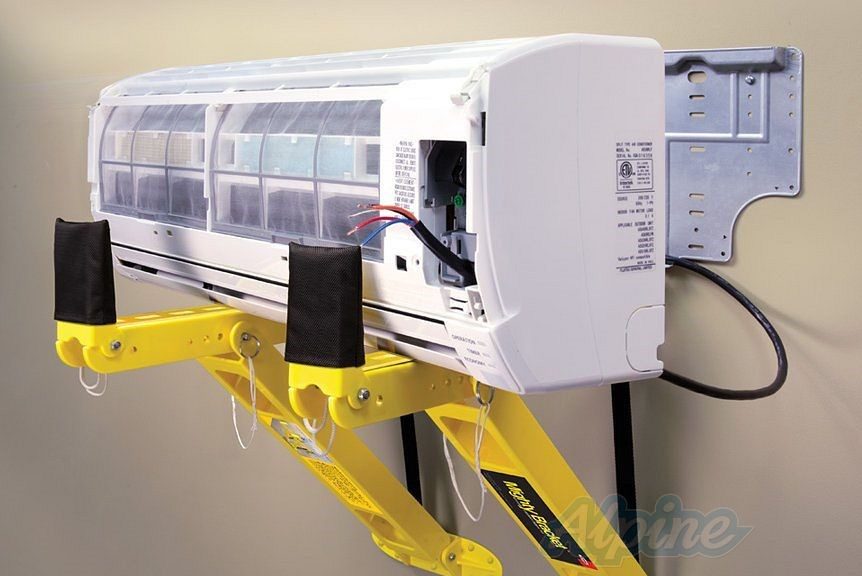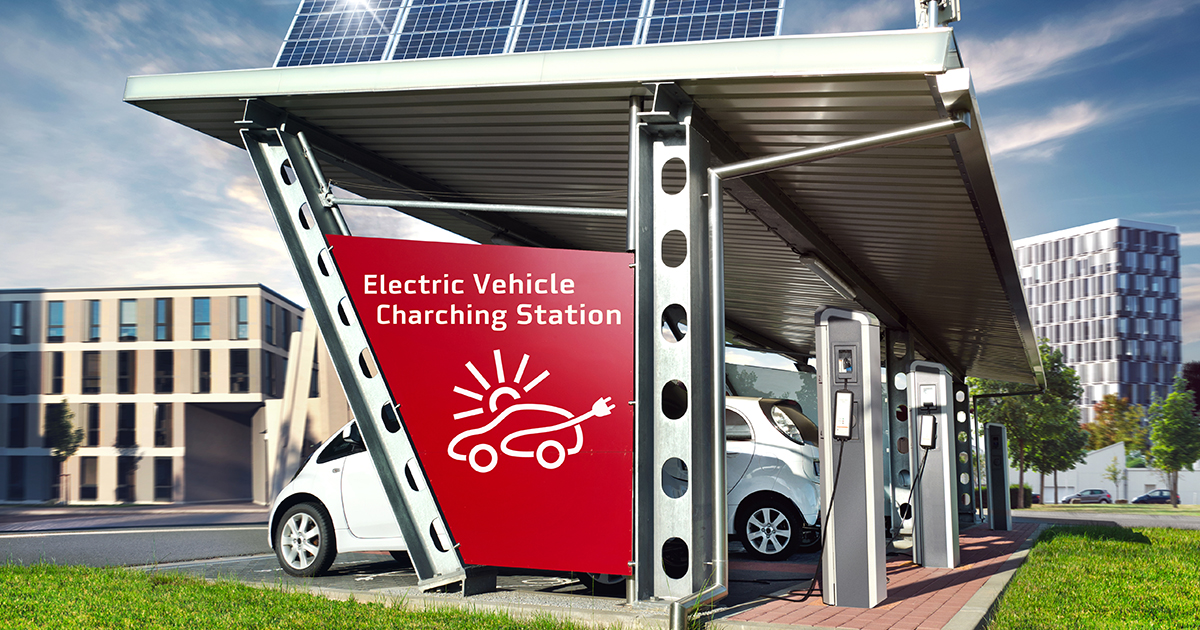
Find out the results of Building Solutions "Carbon Balance Scope 3"!
VINCI Energies had assessed its carbon balance in 2018 for its owned activities, also called Scope 1 direct and Scope 2 indirect – those linked to our offices, our workshops, our vehicles etc. But more and more, we are starting to realize that we are also responsible for the emissions linked to the equipments installed in our projects, the accounting for which has also been demanded by our clients and stakeholders.
These indirect emissions are also called Scope 3 emissions. In a special team consisting of all the brands of VINCI Energies, Building Solutions evaluated its own Scope 3 carbon balance for the year 2019.
The Scope 3 regroups all the emissions in our value chain, primarily:
- Upstream emission: Fabrication, distribution, and installation of our purchased equipments.
- Down Stream emissions: resulting from the utilization of our installed equipments and their end-of-life.
The emissions are accounted over one year (2019 for us) in considering the emissions over the entire life cycle of our installed equipments.

All GHG emissions are collected and converted into CO2 equivalents in using Global Warming Potential (GWP) values. As the gases decay in the atmosphere over a certain period, the GWP values are based over a period of 100 years. The GWP of SF6 is 22800 times superior to that of CO2 !

Conclusions
♦ The Scope 3 emissions of Building Solutions (1000kT CO2) are 20 times more than all of Scope 1 and Scope 2 emissions combined together (50kT CO2eq.)! This proves the importance of having estimated our Scope 3 emissions so that we can find strategies for reducing them.
♦ The downstream Scope 3 emissions are a little bit elevated compared to upstream Scope 3 emissions (550kT CO2 Vs 450kT CO2eq.). With the same consumption figures in Germany, the emission factor of Germany’s electricity mix will result in more than 8 times downstream emissions.
♦ The emissions linked to the power consumption by active equipments constitute the biggest share of downstream emissions. Even though in France, we utilize the most decarbonated electrical energy in the world, we must reduce our energy consumptions. It will only be half of the work to be done in our efforts to reduce our GHG footprint. We will also have to work with our clients for improving the energy efficiency of our installations.
♦ On the upstream side, the purchase of equipments being the largest contributor to GHG emissions, the energy necessary for the fabrication of metallic, plastic, and electronic parts play the major role. We can choose our suppliers on the basis of their carbon foot printing reduction measures during fabrication, i.e., by choosing products with a lower carbon footprint or products manufactured from recycled materials. We can also target to reduce the size or weight of equipments: a smaller transformer is manufactured with less steel and hence will have a smaller carbon footprint.

References
1. https://vincienergies.sharepoint.com/:b:/r/sites/ttc-Building-Solutions/Documents%20partages/Documentation%20commune/Bilan%20Carbone/Bilan%20Carbone%20FR.pdf?csf=1&web=1&e=8kuJ2x
2.https://en.wikipedia.org/wiki/Global_warming_potential#:~:text=Global%20warming%20potential%20(GWP)%20is,is%201%20for%20CO2.
3. https://www.bilans-ges.ademe.fr/ (Electricity – 2019 – average mix – consumption)
4. https://www.ecoinvent.org/
Did you like the article ?


